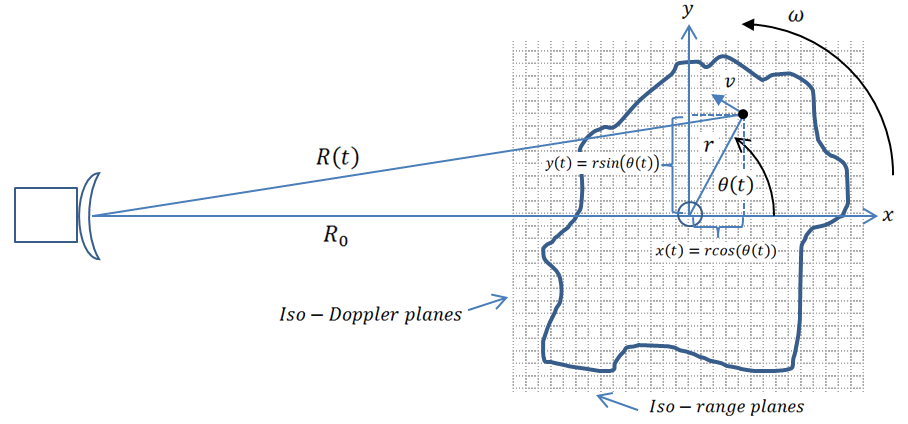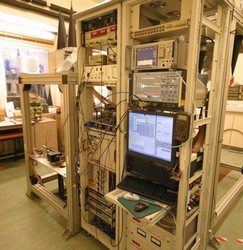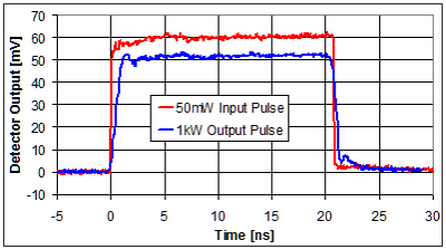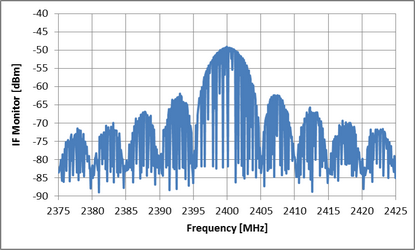Space object imaging
The increased use of space and our growing reliance on spaced-based services is threatened by the sheer number of objects in orbit which need to be monitored in order to maintain safe operations and avoid collisions. Space situational awareness, enabled by radar and optical sensors, is required to detect and track space objects in order to maintain up-to-date catalogues of orbital behaviour. Ground-based space object imaging (SOI) radars are used to image space objects to provide data for classification to understand the shape, structure, function, condition, purpose and intent of satellites. SOI radars use the technique of inverse synthetic aperture radar (ISAR) to form images of the target due to the inherent relative rotation of the object within the radar beam.

ISAR cross range resolution improves with decreasing wavelength and range resolution improves with increasing bandwidth. High power, wideband, millimetre wave radar is therefore an ideal tool for acquiring high resolution images of objects in space, particularly in low earth orbit (LEO) at altitudes from about 200 to 2000 km. The overall goal of this project is to develop millimetre wave, high power, wideband, gyro travelling wave (gyro-TWA) amplifier technology from the University of Strathclyde which could be a key component in a future UK SOI radar capability.
We bring extensive experience in coherent millimetre-wave radar design and system development which is complemented by our experience of high power pulsed EPR spectrometer design. Our HIPER spectrometer operates at 94 GHz with 1 kW pulses of just a few nanoseconds long. The system uses state-of-the-art quasi-optical beam waveguide technology to minimise signal loss, maximise transmit-receive isolation and preserve signal polarisation information.



Researchers: Duncan Robertson
Funding: DASA Space to Innovate, Oct. 2019 – Oct. 2020.